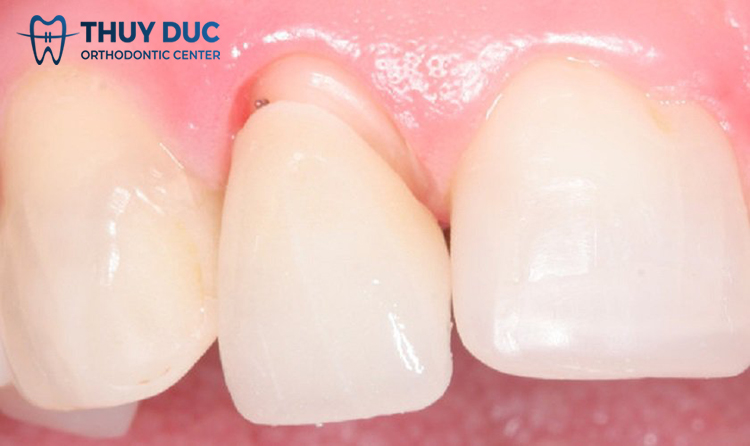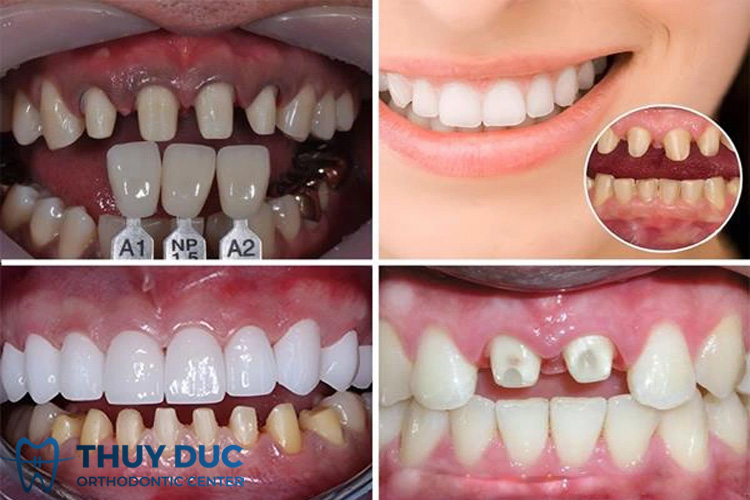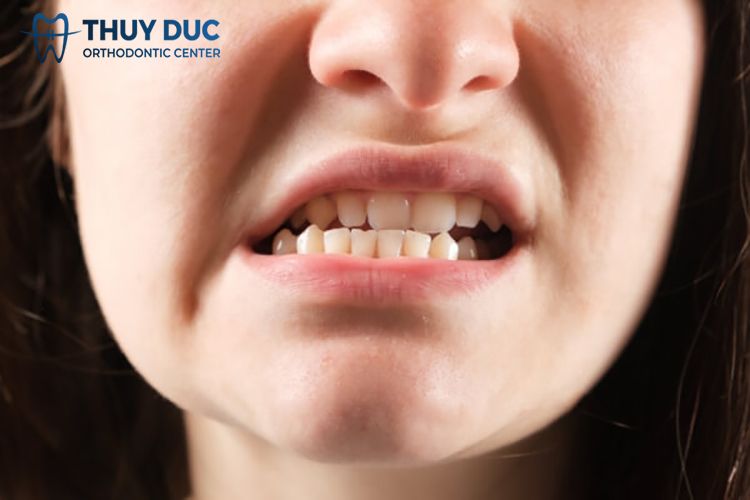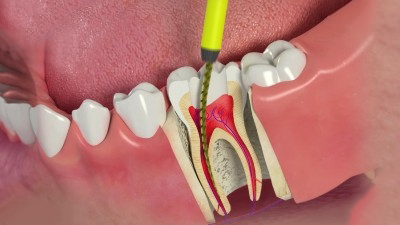Dental fillings and porcelain crowns are two cosmetic tooth restoration methods used in many different cases such as: Cavities, chipped or slightly spaced teeth,… Depending on the condition of the molars and the level of damage. tooth injury, the dentist will advise on appropriate solutions.
1. Porcelain crown dental technique
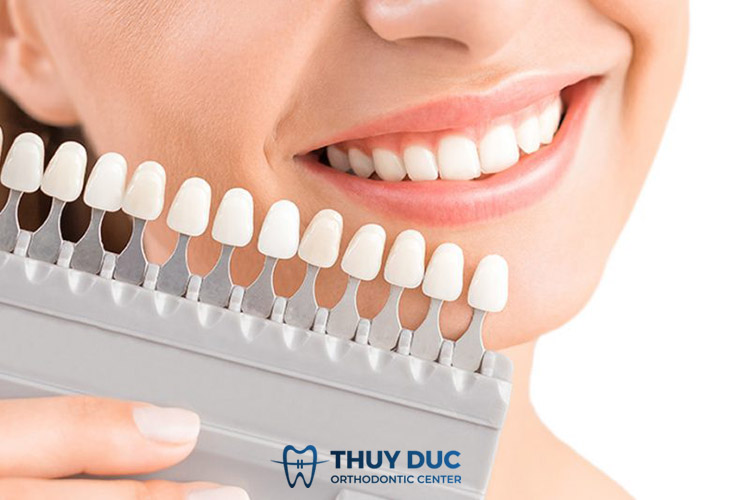
Porcelain crowns are a modern method of tooth restoration in dentistry today. By grinding away the outer layer of the tooth that needs restoration, small pillars are formed to support the porcelain crown above. Porcelain crowns will improve the aesthetics of teeth and help protect real teeth inside, avoiding the effects of other dental diseases. If the tooth decay is severe, the doctor will treat the root canal and then cover the tooth with porcelain to protect the real tooth inside. For front teeth or easily visible teeth, you should choose all-ceramic teeth to prevent blackening of the gum line and also have a longer usage time, ensuring a smooth chewing process.
The issue of whether severely decayed teeth can be covered with porcelain, whether to have porcelain crowns or tooth extraction will depend on the level of tooth decay, whether the decay condition is eligible to restore the tooth or not because of the principle of tooth preservation. The truth must always be given top priority. Tooth extraction is the final solution when the original tooth cannot be kept.
2. Dental filling techniques
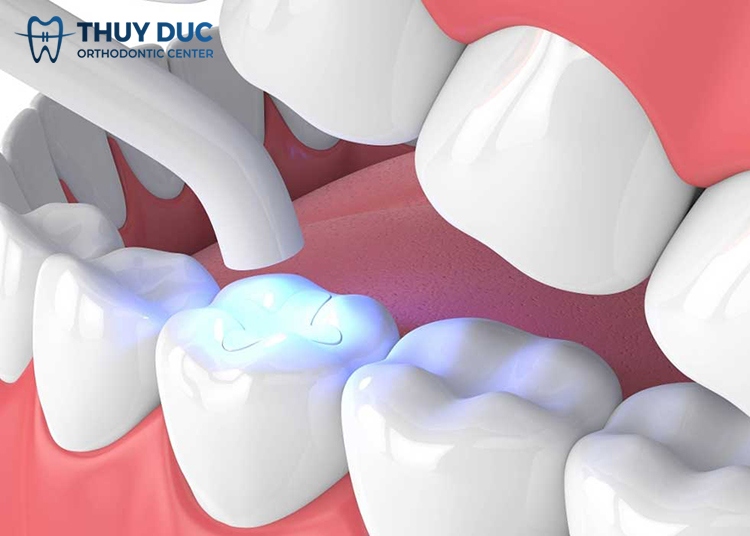
Tooth filling is a long-standing dental procedure to treat cavities, using specialized dental materials such as Amalgam, Composite… to cover part or all of the cavity area. teeth… helps restore the aesthetic appearance of teeth and prevent disease recurrence. Currently, the material often chosen to fill cavities is Composite. Because Composite has a color very similar to real teeth, it is difficult to detect. The filling is sturdy, does not peel off easily, and does not affect the structure of the tooth like other materials. Meanwhile, Amalgam easily darkens teeth and can cause allergies to the oral cavity.
3. If you have tooth decay, should you have porcelain crowns or tooth fillings?
Tooth decay is the most common type of dental disease that everyone is at risk of getting. Symptoms of tooth decay are tiny black streaks on the surface of the tooth. Those black streaks contain many types of bacteria that cause tooth decay. They gradually grow and penetrate the inner tooth structure of the tooth, causing cavities. until the tooth is damaged and cannot be saved.
The main cause of tooth decay is a diet rich in foods containing starch and sugar that cannot be thoroughly cleaned when teeth are cleaned. Currently, there are two methods of restoring cavities that many customers choose: dental fillings and porcelain crowns.
Porcelain crowns or dental fillings both have the function of helping restore tooth crowns, treat tooth decay and restore tooth aesthetics. When choosing, the doctor will consider the condition of your decayed teeth after curing the cavity, which method is appropriate? When tooth decay is in a mild stage and the tooth is little damaged, the doctor will prescribe filling the cavity with a dental filling to prevent bacteria from attacking the tooth.
Dental fillings are not the best method to end tooth decay, but are actually only a temporary method to limit tooth decay for a short time. Some time later, the filling will peel off or come out of the filling position due to impact or stimulation from chewing force or acid from food… at this time bacteria will have the opportunity to attack the holes again. Old cavities continue to cause tooth disease. Therefore, for cavities, after root canal treatment and filling, the teeth are brittle and easily broken. At this time, treating doctors will advise patients to have porcelain crowns to protect their teeth from bacterial attacks. At the same time, it prolongs the life of teeth longer than tooth filling methods.
Currently, porcelain crowns are considered the optimal solution for treating cavities, but not all cases can be covered by porcelain crowns, because when the decayed tooth that needs to be treated still has a full body. Only healthy teeth and oral health are eligible for porcelain crowns.
To know if your tooth decay is suitable for porcelain crowns or dental fillings, you should go directly to a reputable dental clinic to have doctors examine and check the level of your tooth decay. and from there come up with the most suitable tooth decay treatment solution.
